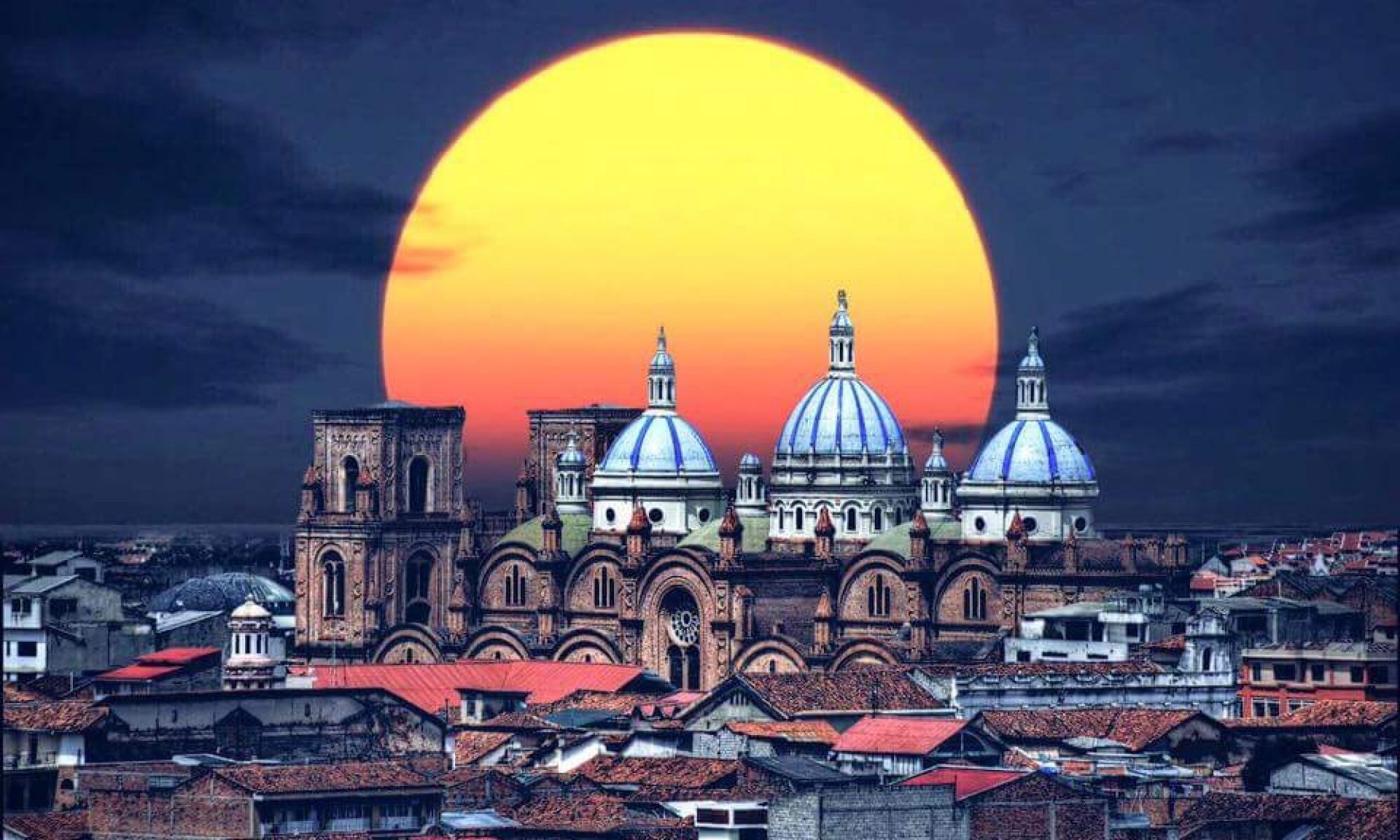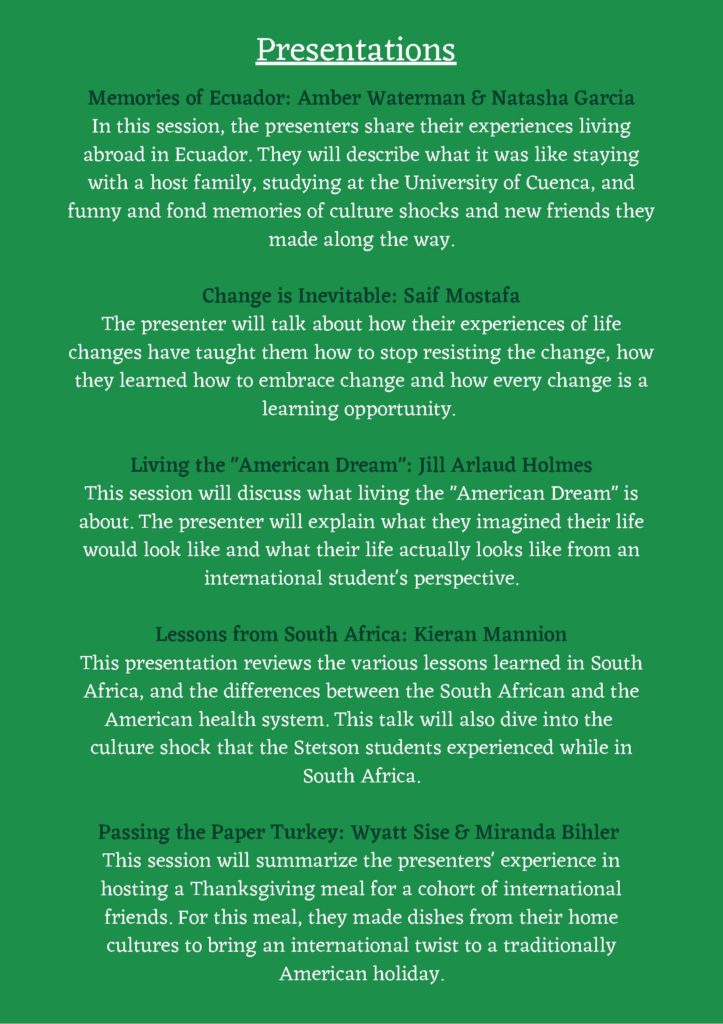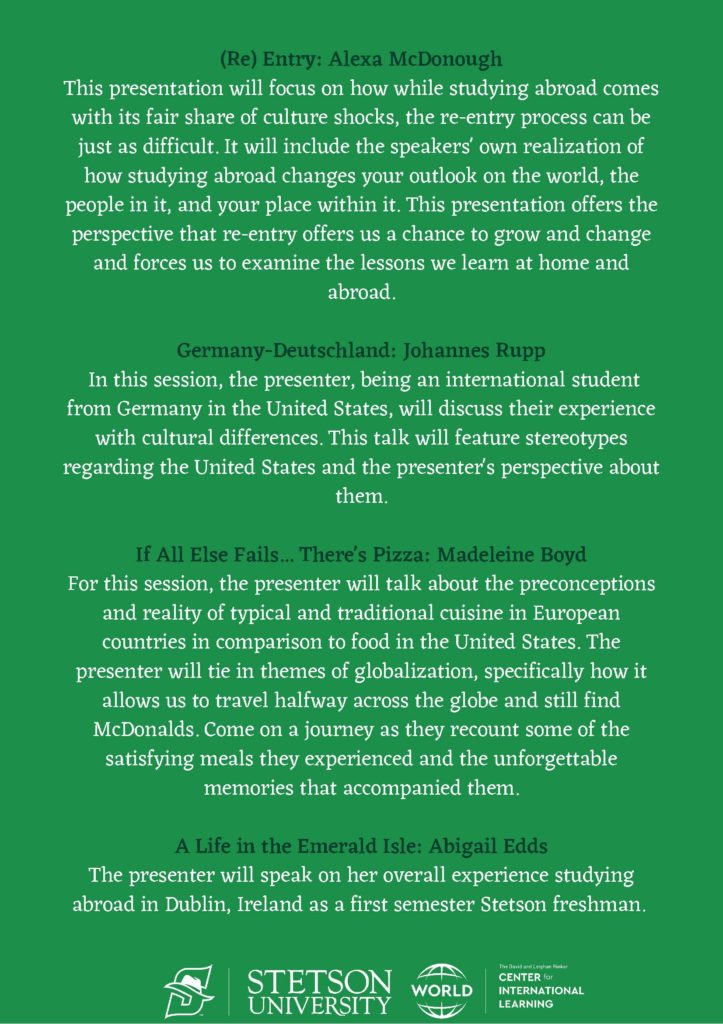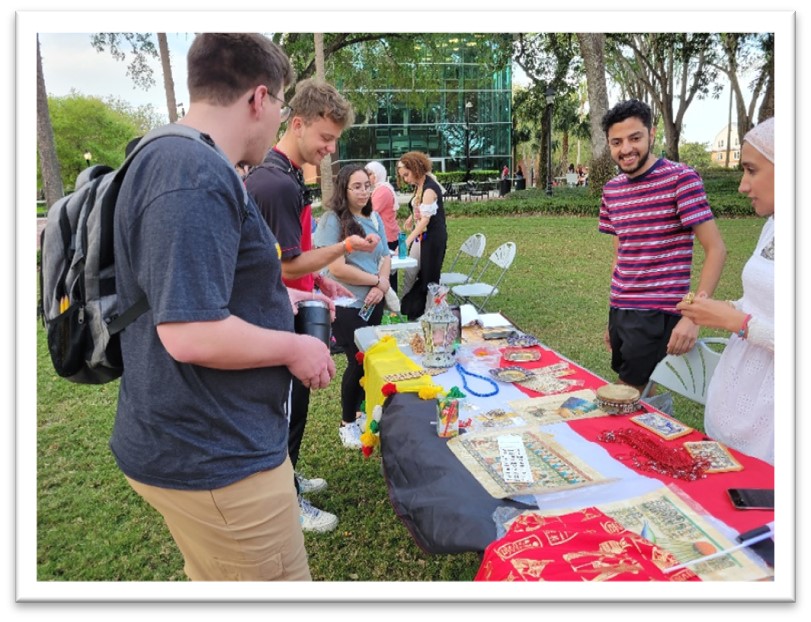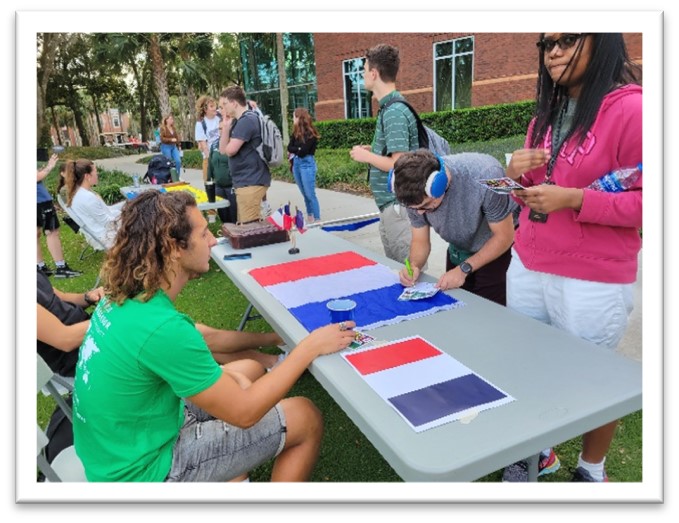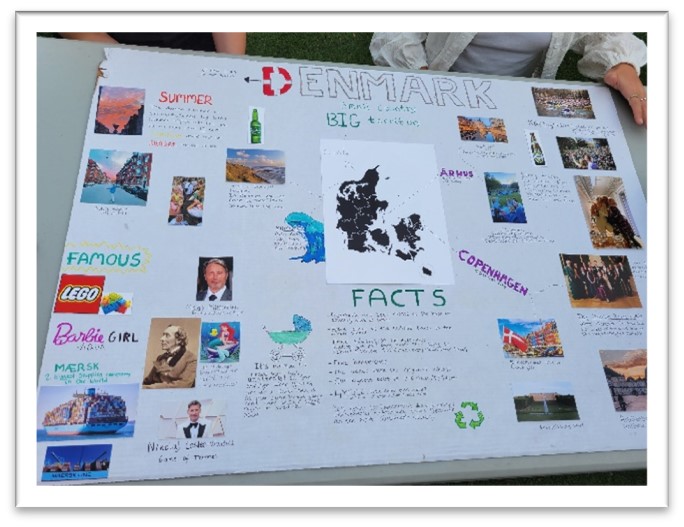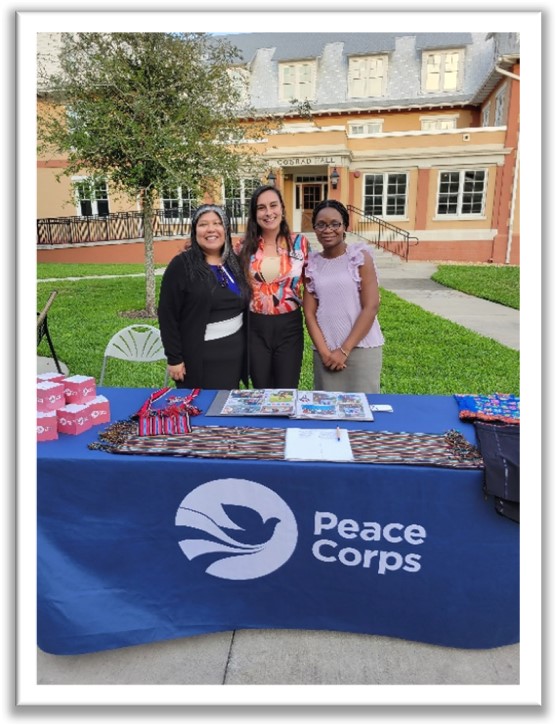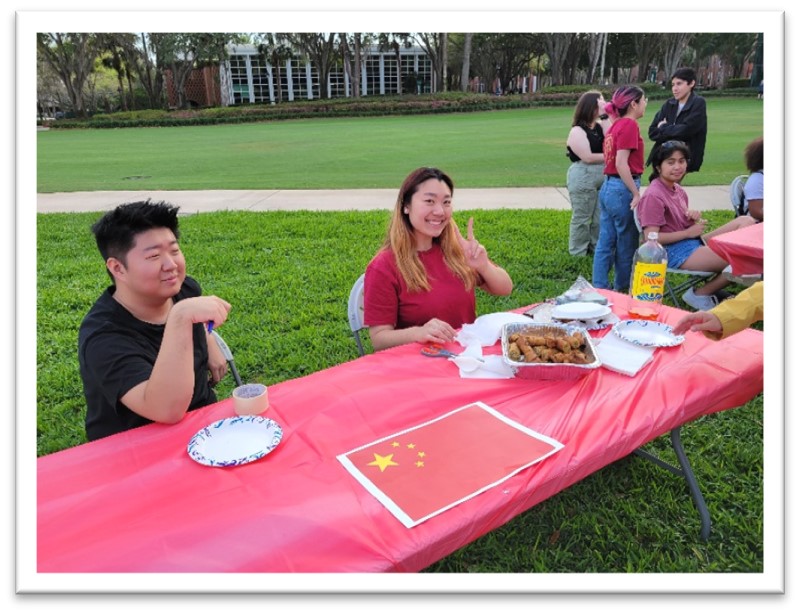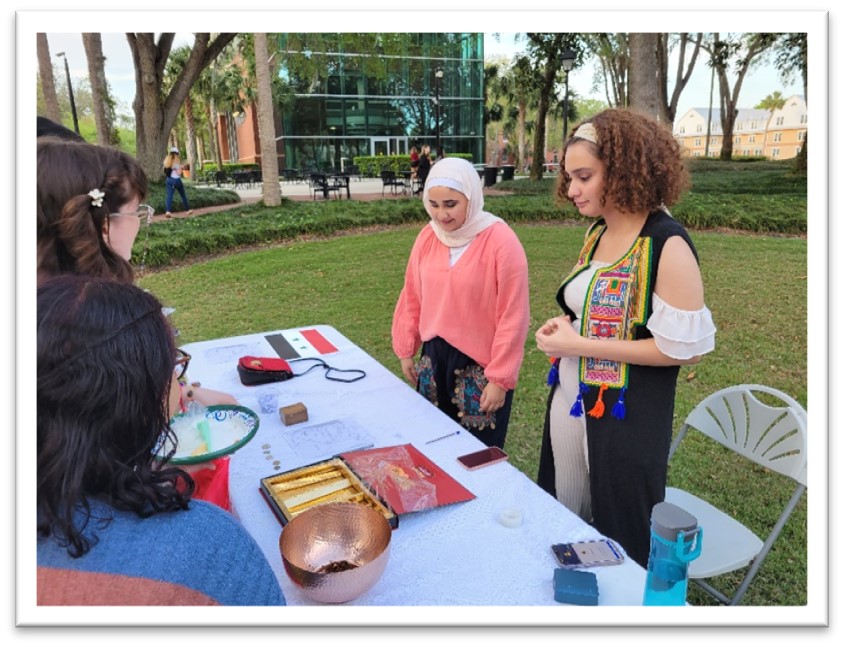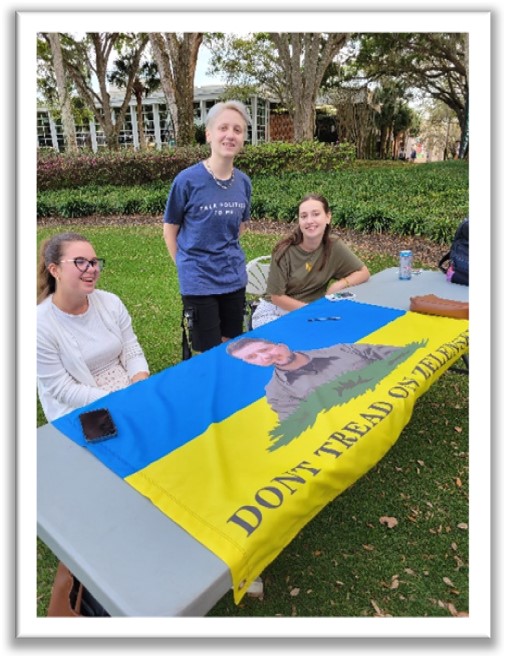By: Kimberly Reiter, PhD
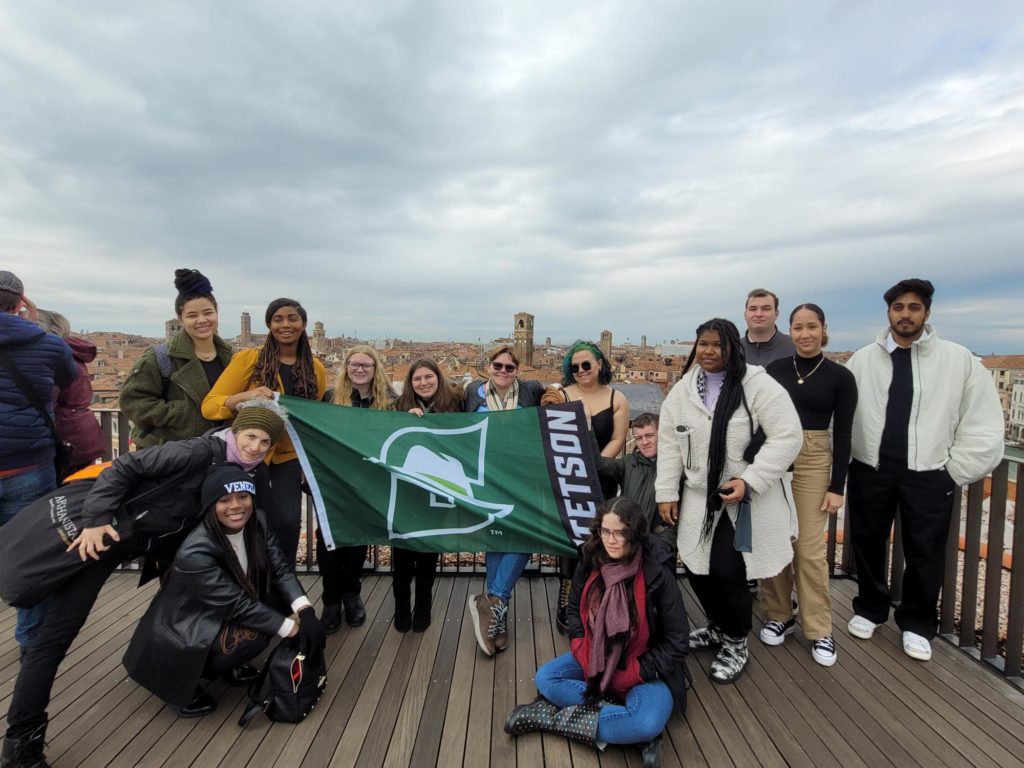
This past Spring Break 2023, Dr. Jason Evans (Environmental Science) and Dr. Kimberly Reiter (History) led fifteen students to Venice and north Italy to see first hand the impacts of the Venetian Lagoon on the historic city. The trip was part of a team taught course called “The Waters of Venice”, an examination of the past and present dialogues between Venice and the waters which created the powerful ‘Stato da Mar’ which dominated Mediterranean trade and politics for centuries in the Middle Ages. The course was made possible through the generous assistance of the Rinker Foundation, which supports and aids the fifteen Rinker Scholar students who earned a spot in the class.
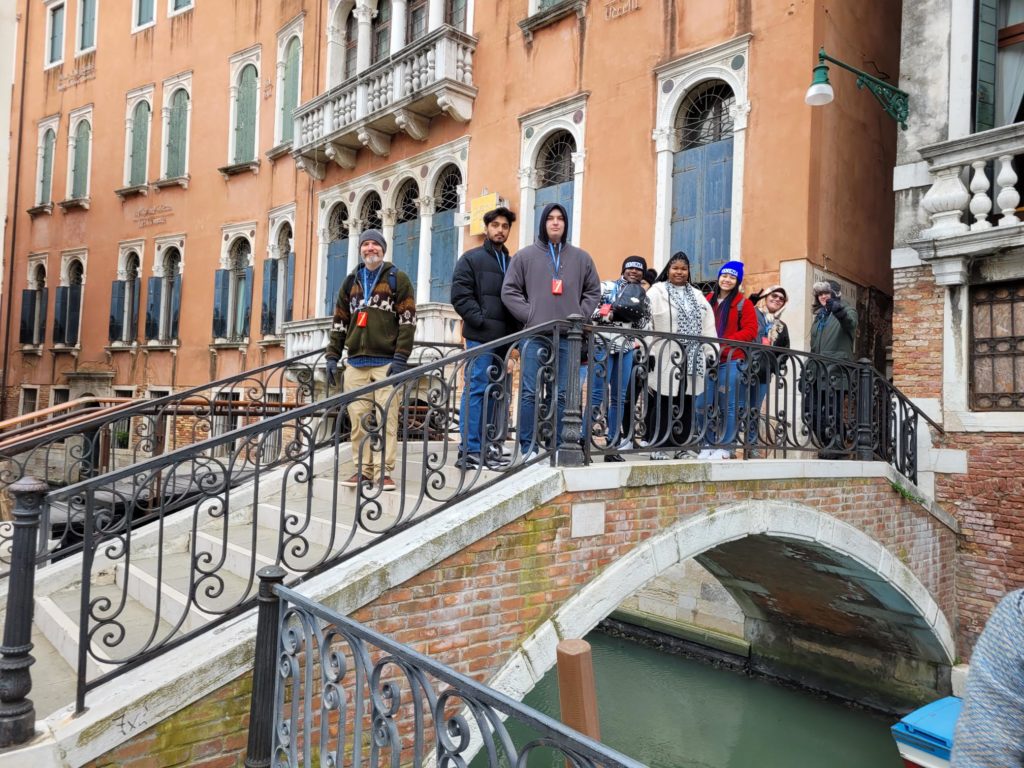
“The Waters of Venice” has required the faculty and students to take a journey back to the Roman period and the rise of Venice through its unique access to the salt pans of North Italy. They studied the creation of the island state through hundreds of years of careful environmental management of the lagoons and canals that mark the dozens of islands that make up the current city. The students have studied not only the political and economic history of Venice, but also the environmental regulations that kept the sediments from filling in the lagoon, and mandated the use of the lagoon, wetlands, rivers, forests and aquatic resources of Venice’s broad Italian territories. They also looked at the consequences of Napoleon’s conquest of Venice on these regulations and the slow deterioration since then, as well as the modern remedies to fix the situation for now and what Venice is doing to try and save the future city.
During Spring Break the students had multiple opportunities with the help of local experts to see for themselves the various water management systems put into place to protect Venice, including the failed Vajont Dam in the Dolomites intended to regulate the lumber and agricultural needs of the Veneto, the MOSE Barrier project that has been created to keep the city from flooding and the significant waterproofing projects to protect the Piazza San Marco and other endangered historical places. They visited Ravenna, an equally ancient town which had once been like Venice, but which allowed the sediments to fill in their wetlands and now lies several kilometers inland, and Cervia, where perhaps the purest salt in the Mediterranean continues to be created as it has been for centuries. It is fair to say that the salt shop at the visitor center was effectively cleared of stock after the visit! The students also learned about the political and economic impediments to the water projects, including the impacts of corruption, over tourism, cruise ships and wetlands loss.
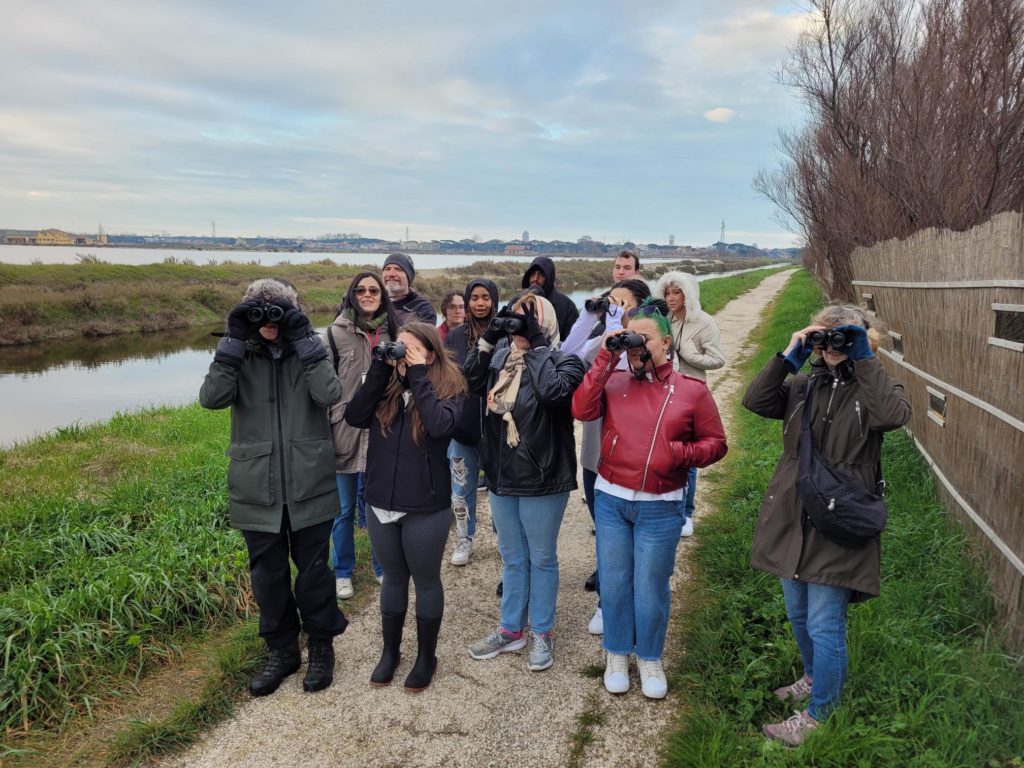

In sum, the course has been eye-opening and the visit to Venice, ‘La Serenissima’ was nothing short of amazing. In their free time students sampled the incredible foods of the region, ate a lot of gelato, visited museums and wandered the streets of one of the most beautiful cities in the world, while learning about the genuine threats to its existence as the very waters that built the Venetian Empire now seem likely to destroy the city itself.
